Primary Source Set: leather
The leather community is deeply intertwined with the history of queer San Francisco. Leather culture is about many things: sex and kink, mentorship and chosen family, and art and craftsmanship.
The leather aesthetic was already well established by the late 1960s, when clothier Alan Selby visited San Francisco and found a scene of young gay men in tight motorcycle gear. Selby went on to found Mr. S Leather, a local institution which helped cement leather’s place at the center of queer fashion and kink culture. The style evolved to encompass elaborate uniforms and harnesses, as well as motorcycle jackets, chaps, and peaked hats.
Over the years, organizations like Samois, the Outcasts, and the 15 Association formed to give leatherpeople a place to socialize and play. Leather became known for its culture of mentorship between older and younger practitioners. Title contests also arose — local and national pageants for leatherpeople to show off their look and persona, with International Mr. and Ms. Leather at the top of the chain.
Today, leatherpeople come together as a community to play, compete for titles, and show off their intricately crafted gear in a scene that continues to grow and evolve.
Selected Source Set
Additional Resources
The Bay Area Reporter has extensive coverage of leather events and community.
The Mayor of Folsom Street: The Life and Legacy of Alan Selby exhibit.
The GLBT Historical Society maintains many collections relating to leather, including materials related to local icons Mr. Marcus and Alan Selby, as well as Samois and the 15 Association. Contact reference@glbthistory.org for more information.
These primary source sets are just a small sampling of our digitized materials. Additional resources are available in our digital collections. Our extensive archival holdings are searchable through our catalog.


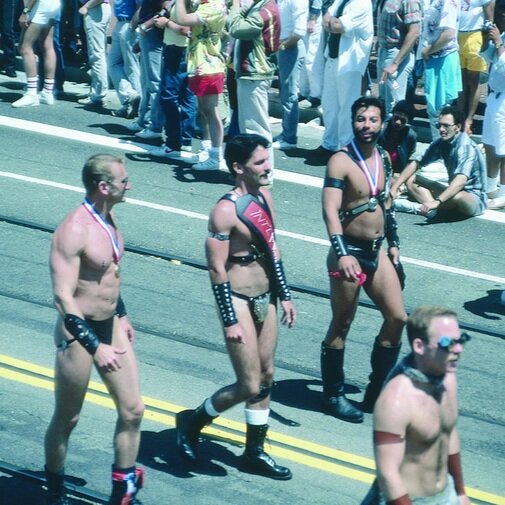
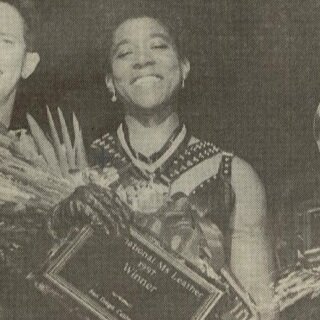
![Ms. SF Leather 1989 [@04:36]](https://images.squarespace-cdn.com/content/v1/5b53b13285ede173115cb784/1611177225952-M8I57PXKYBUWHRNP4OC9/Screen%2BShot%2B2021-01-20%2Bat%2B1.12.24%2BPM.jpg)
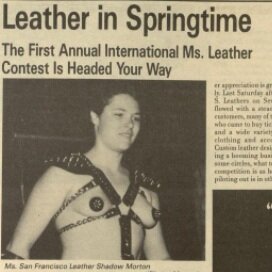
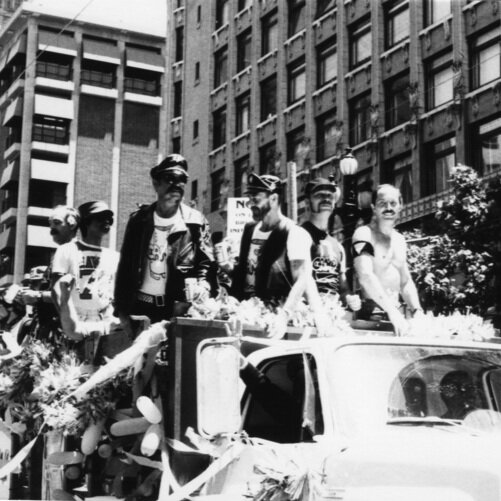
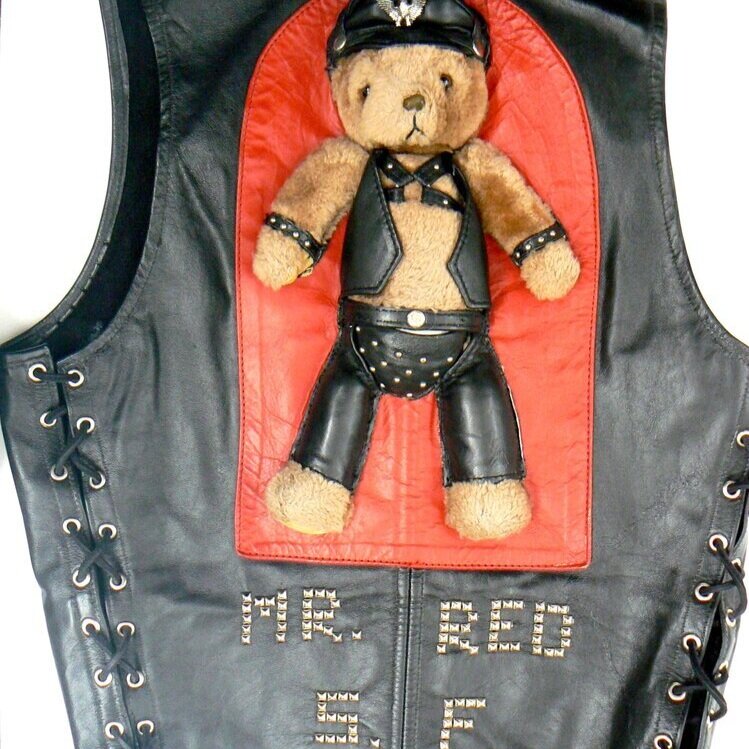

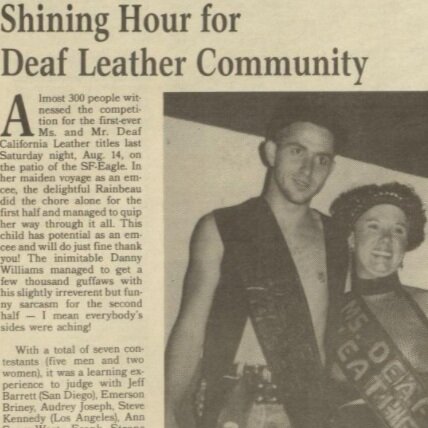
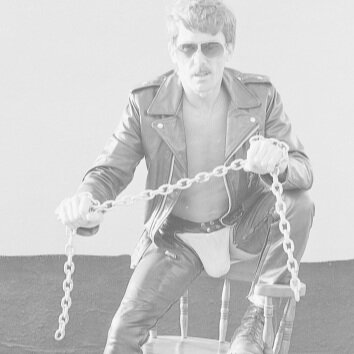
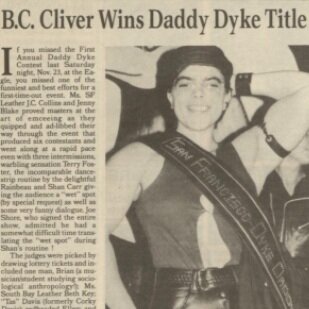
![Mr. Leather competition [@55:58]](https://images.squarespace-cdn.com/content/v1/5b53b13285ede173115cb784/1611268251638-X4F0RA172HJU4MANN0UB/Screen%2BShot%2B2021-01-21%2Bat%2B2.28.49%2BPM.jpg)